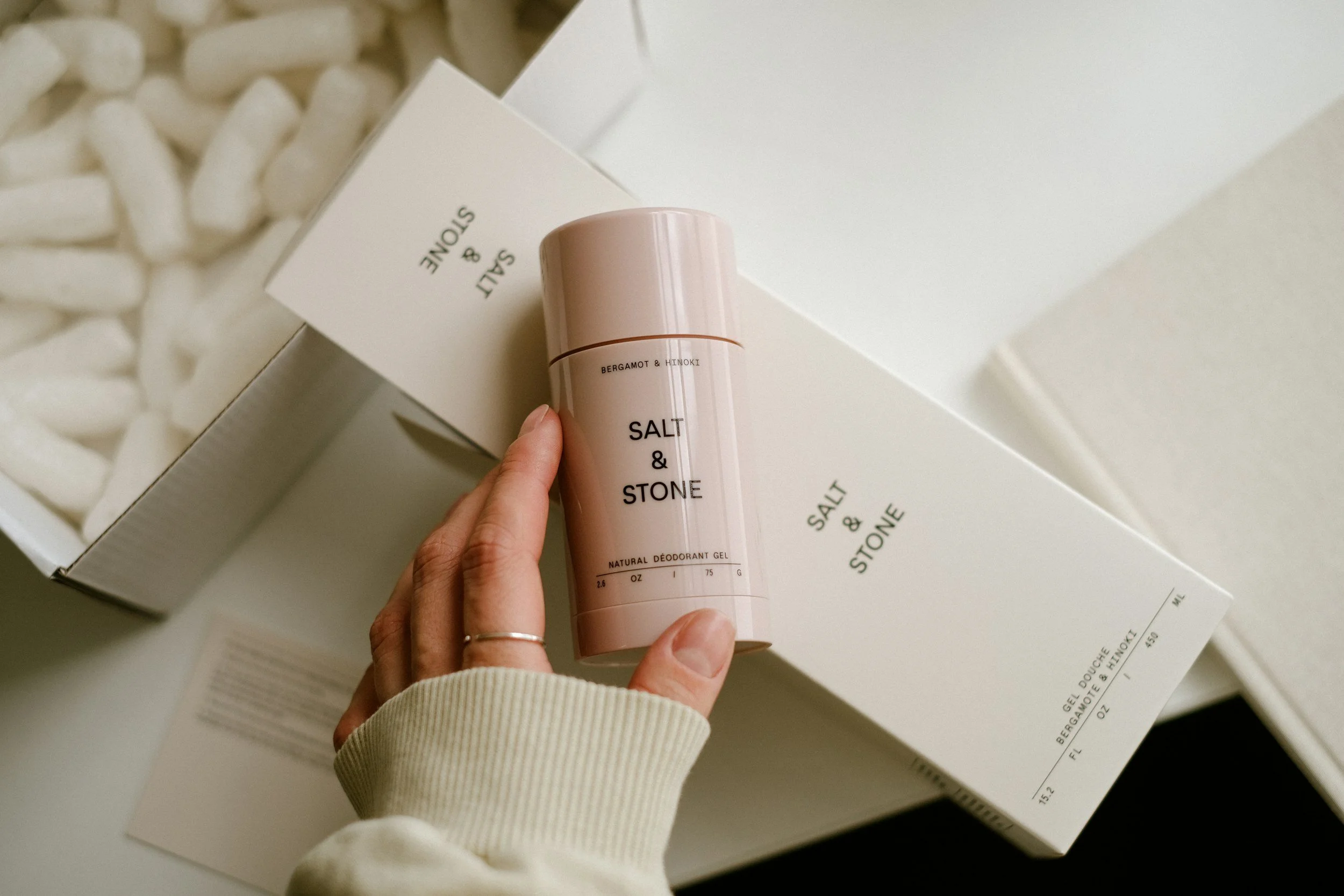As a graphic designer and business owner, I've come to appreciate the power of a strong brand strategy. It's not just about creating attractive visuals; it's about crafting a cohesive story that hits the audience and sets you apart.
Developing a brand strategy starts with understanding your core values and mission. What do you stand for? What do you want to achieve? These foundational questions help shape the aspects of your brand. For instance, if sustainability is central to your brand, it should be evident in everything you do, from your products to your marketing messages.
Knowing your audience is equally crucial. Who are they? What do they care about? Where do they hang out? What are their hobbies? What are their fears? What are their goals? Market research can provide insights into your audience’s demographics, behaviors, and motivations. This knowledge allows you to tailor your brand's message and visual identity to their preferences and needs.
A well-designed logo, consistent color scheme, and typography create a recognizable and trustworthy brand. The visual identity of a brand is extremely crucial. Consistency across all avenues, from your website to your social media to your packaging, is key to building brand recognition. This, in turn, will create brand loyalty.
Your brand’s voice and messaging should be consistent and aligned with the company’s values. Whether it's blog posts, social media content, or marketing campaigns, your content should reflect your brand’s personality and speak to your audience. Storytelling is powerful here; share your brand’s journey, mission, and the people behind it. After all, that’s what I believe my mission is as a designer; to create and tell a story. Authenticity can build a strong emotional connection with your audience.
Brand strategy is not a one-time effort. It requires continuous evaluation and adaptation. It’s important to monitor a brand’s performance, gather feedback, and have the willingness to make adjustments. The market and people are constantly evolving, and your brand strategy should be flexible enough to keep up with the changes.
At the heart of every successful brand is a wellthought-out strategy. Seeing my clients' brands flourish is immensely rewarding, and it’s a testament to the power of strategic thinking and creative execution.
A strong and cohesive brand strategy is essential for building a successful brand. It’s about understanding your values, knowing your audience, defining your unique mission and vision, creating a cohesive visual identity, producing quality content, and continuously adapting. By investing time and effort into developing a robust strategy, you can build a brand that stands out and thrives in today’s competitive world.




















